Articles found in: Travel

One-Stop Shopping for Global Travel Black Friday Deals
Published on November 10, 2025
One-Stop Shopping for Global Travel Black Friday Deals This holiday shopping season, the active member tour operator members of the United States Tour Operators Association are offering exclusive Black Friday and Cyber Monday savings across guided tours, small-ship cruises, rail vacations, and air-inclusive getaways. Travelers and travel advisors can take advantage of limited-time discounts, complimentary […]
Keep reading
Discover Australia’s Aboriginal Cultural Experiences
Published on June 30, 2025
Discover Australia’s Aboriginal Cultural Experiences by AAT Kings A visit to the Northern Territory wouldn’t be complete without discovering the incredible First Nations heritage that thrives throughout the region. The Red Centre and Top End are home to numerous Aboriginal cultures, each with their own distinct traditions and stories to share. There are countless ways […]
Keep reading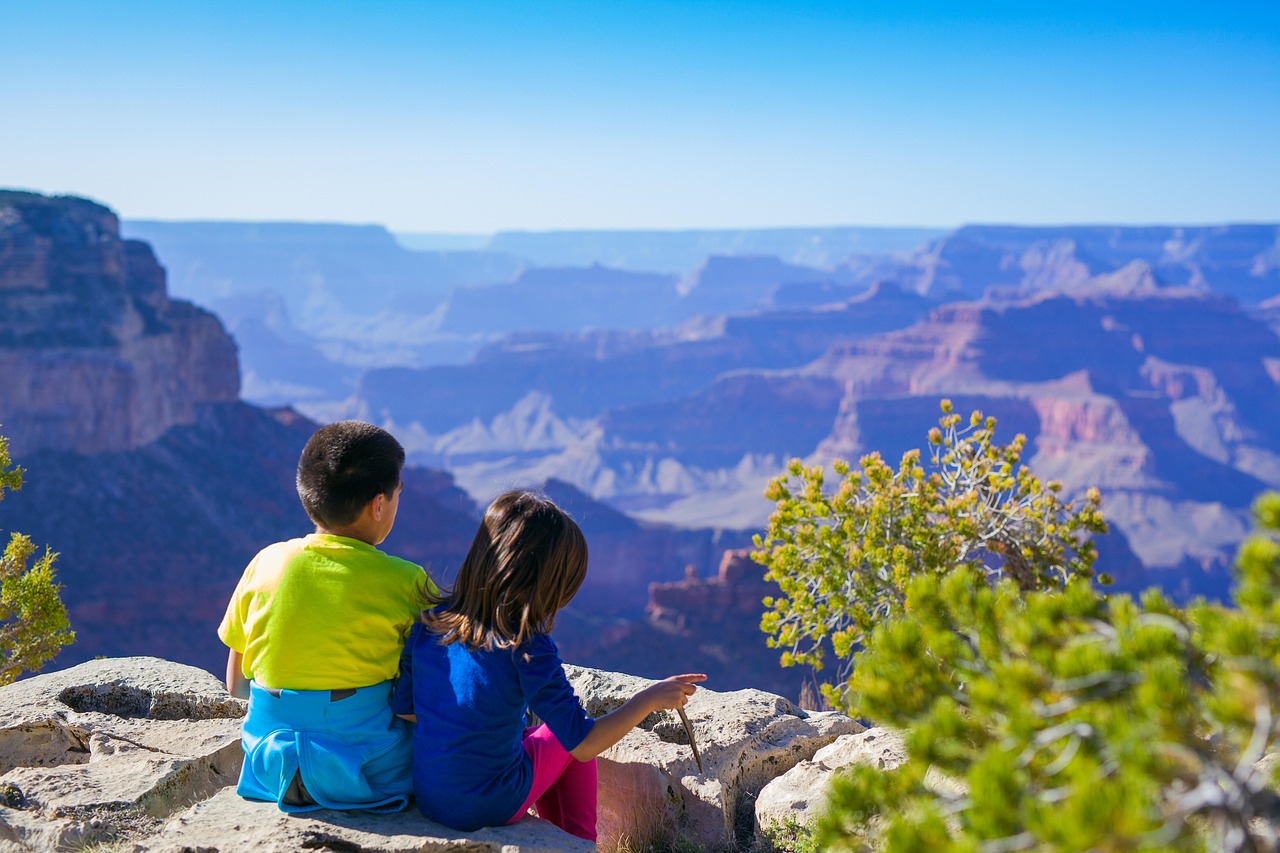
Queer Family Travel
Published on June 3, 2025
Queer Family Travel By Richard Krieger, Director of Out World Journeys There’s something uniquely special about family travel—the shared excitement of stepping off a plane in a new place, the laughter over an unfamiliar meal, and the joy of discovering the world together, and for queer families, travel is becoming more inclusive and accessible. Travel […]
Keep reading
Extreme Weather & Travel: How to Plan for the Unexpected
Published on May 27, 2025
Extreme Weather & Travel: How to Plan for the Unexpected By Deanna Caffrey As climate change accelerates, extreme weather events are becoming more frequent, more intense, and more disruptive to travel. From wildfires that close national parks to hurricanes that cancel flights and winter storms that strand travelers for days, these events can derail even […]
Keep reading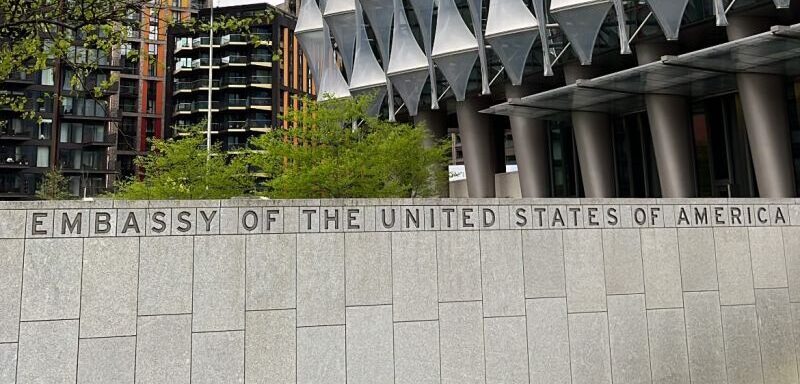
STRANDED & ABANDONED: How to Find Your Bearings on the Road When Everything Goes South
Published on May 14, 2025
STRANDED & ABANDONED: How to Find Your Bearings on the Road When Everything Goes South By Ryan Greenwood, Pleasant Holidays Imagine you’re stranded. Now, consider you’re just lost. The difference between being lost or stranded is the duration for which you’re unaccounted for by the group and your continuing prospects for catching another ride. If […]
Keep reading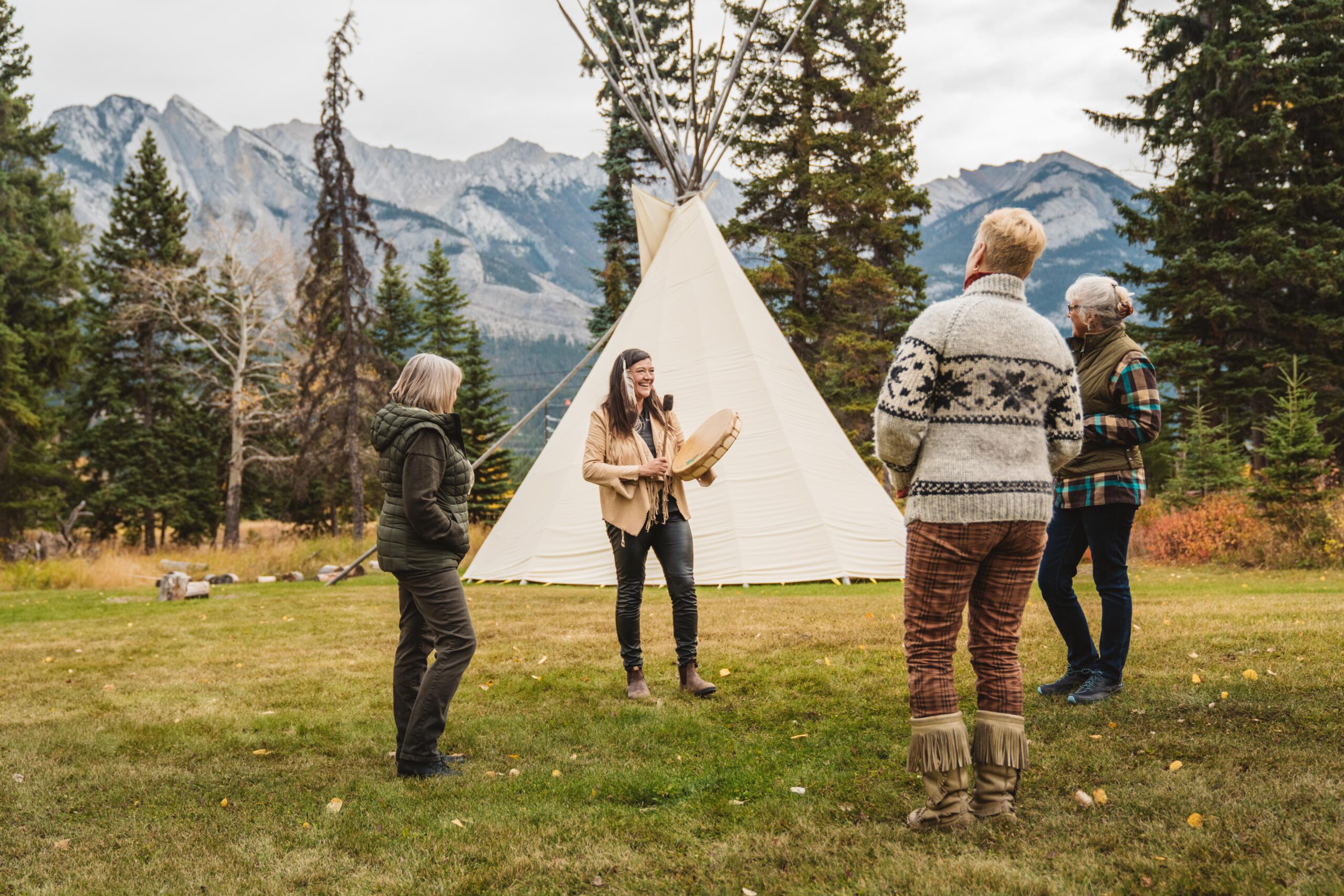
Surrounded by Knowledge: Transforming client experience with authentic cultural connection
Published on April 21, 2025
Surrounded by Knowledge: Transforming client experience with authentic cultural connection By Melissa DaSilva Deputy Chief Executive Officer of TTC Tour Brands (Trafalgar, Insight Vacations, Brendan Vacations, Costsaver, Contiki, and Luxury Gold ) It’s undeniable: Modern travel has evolved beyond simply checking off bucket list items. Yes, travelers are hoping to visit their dream destinations and must-see […]
Keep reading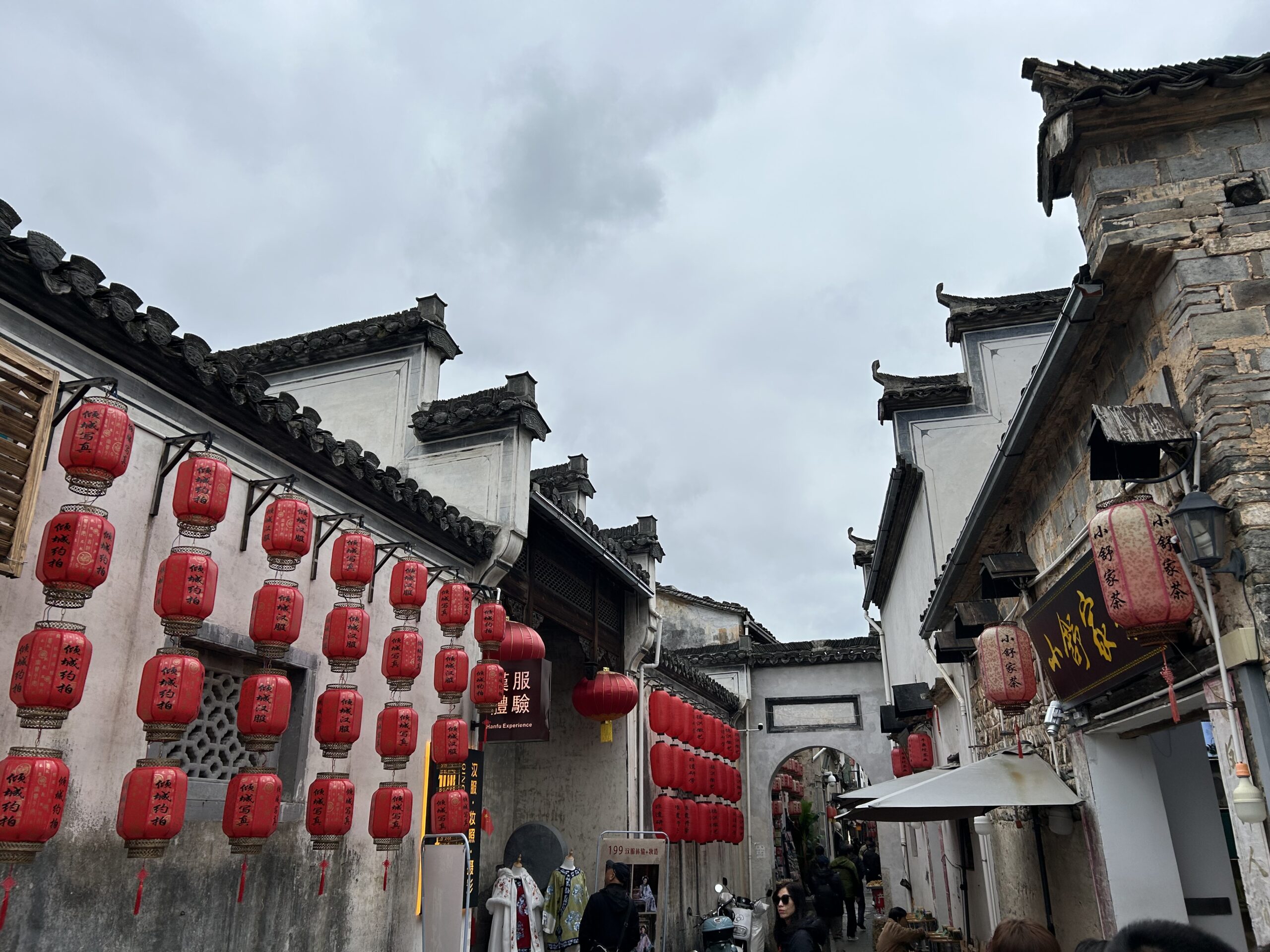
Crouching Tiger, Hidden Dragon…Anyone?
Published on February 12, 2025
Crouching Tiger, Hidden Dragon…Anyone? By Ricko Tindage, Director of Sales at Elite Voyages Since “Crouching Tiger, Hidden Dragon” was released in the U.S. in 2000 and eventually garnered the Oscar in 2001 for best foreign-language film, this martial arts movie has captured the imagination of American and international audiences worldwide. I was fortunate to visit […]
Keep reading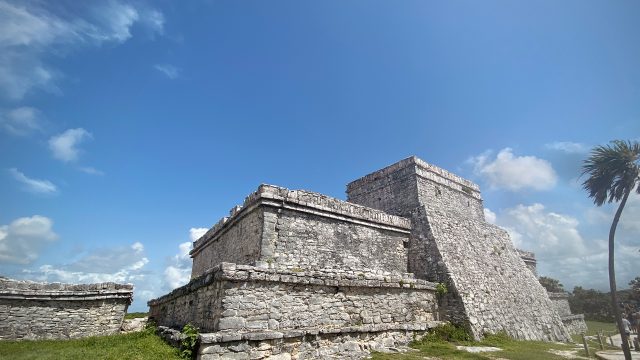
Embracing Community as You Travel: Ways to ethically connect with culture and community
Published on November 18, 2024
Embracing Community as You Travel: Ways to ethically connect with culture and community By: Jennifer Castle, Pleasant Holidays A recent American Express global travel trends report showcased that the new generation of jetsetters are looking to prioritize the connection and wellbeing of local communities as they travel. A few ways this can be achieved are […]
Keep reading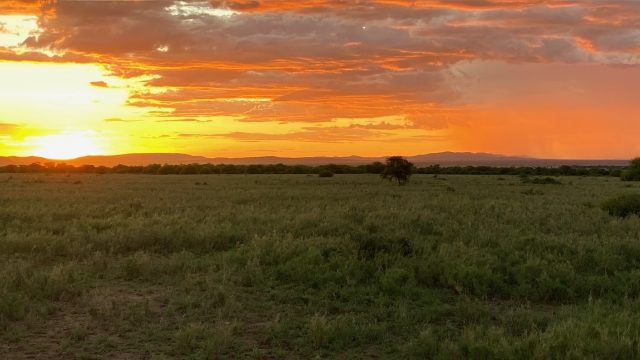
A Young Nation in Ancient Lands
Published on November 4, 2024
A Young Nation in Ancient Lands By: Ralf Korbner, SITA World Tours Our modern jetliner lifted off the runway and gently climbed into the African sky. To the left Dar es Salaam slowly disappeared in the pink evening light and soon we would cross Zanzibar on our return to Doha and Los Angeles. During the […]
Keep reading
Explore Sustainable Food and Gastronomy Adventures in the Philippines
Published on October 21, 2024
A Journey Through Flavorful Filipino Traditions By: Sarah Mae Lee Monroy, Lead Officer for Cultural Tourism, Philippine Department of Tourism Have you heard of Pancit, Lumpia, Adobo, and Sisig? These delectable dishes might have graced your social media feed or found their way to your plate at a Filipino restaurant. Yet, the Philippines is teeming […]
Keep reading
